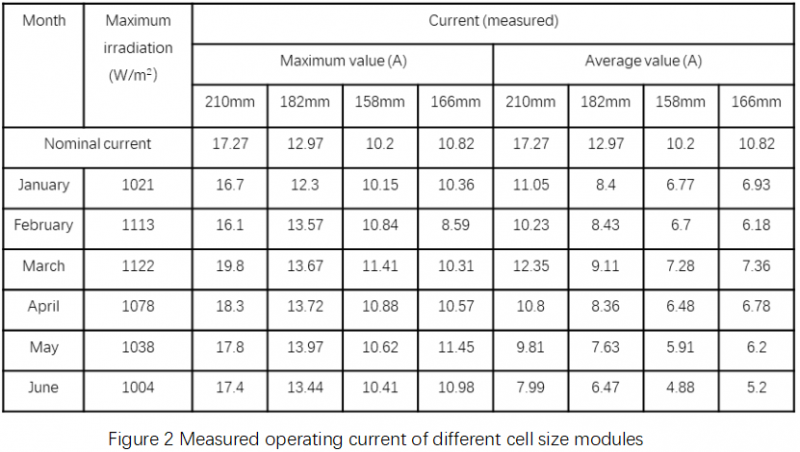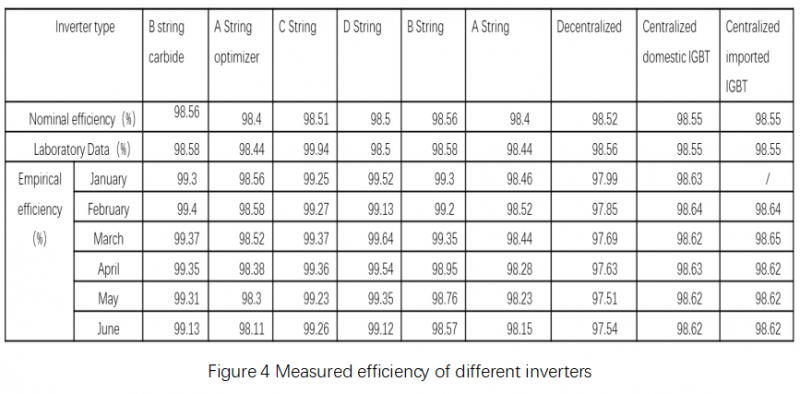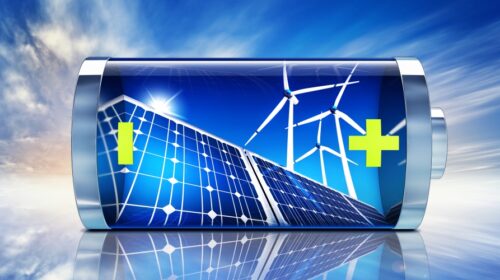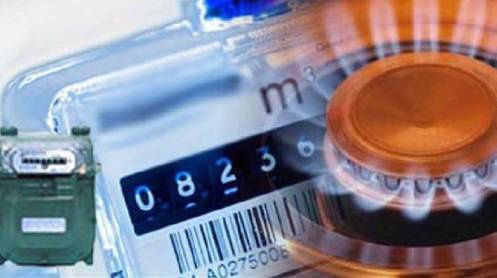PVTIME – Recently, China’s National Experimental Platform for Photovoltaic and Energy Storage has announced the half-year empirical results of the Daqing Base, which is located in Datong District, Daqing City, Heilongjiang Province (124°E, 46°N), in the cold temperature zone. The MW-level array was established to study the impact of product selection and system design on power generation, and the periodic results already reflect some trending information.
1. The PR of PV arrays with different designs are mostly higher than 83%
As shown in Figure 1, the PR of PV arrays of different designs are basically 80%-87% (all with bifacial modules). The average PR of array used bifacial modules and fixed rack is 84.26%. This confirms that the popularity of bifacial modules in utility projects makes the high PR of power plants.

2. The backside gain makes the actual operating current of the bifacial modules higher than the nominal value of the front side for a long time, which requires attention
According to the data in Figure 2, the highest irradiation from January to June in Daqing is about 1100 W/m2. M10 modules have a maximum operating current of 13.97 A and G12 modules have a maximum operating current of 19.8 A. In fact, for areas with higher light resources, the maximum operating current of modules will be higher. On the one hand, the high current makes the operating temperature of the modules rise, and on the other hand, the compatibility and safety of the junction box and inverter requires attention.

3. Modules based on new technology cells do not have significant advantages over PERC modules
The 6-month power generation data shows that the TOPCon and HJT modules do not have significant power generation gains compared to PERC modules as expected. The power generation of TOPCon modules is only 0.28% higher than that of PERC modules, and the power generation of IBC and HJT modules is even lower than that of PERC. Considering that the related products and technologies are still evolving, more third-party empirical evidence is needed to objectively evaluate their performance.

4. Inverter conversion efficiency generally reaches 98.5% or more, string inverters have a slight advantage
Both string inverter and central inverter system efficiencies reach 98.5% or more. The system efficiency of string inverter with excellent performance reaches more than 99%, which is slightly higher than that of centralized inverter. The conversion efficiency of centralized inverter with domestic IGBT and imported IGBT is comparable and the performance is stable.

5. The efficiency performance of high-efficiency string inverters at 20% or more load is stable
Figure 5 shows the efficiency scatter plots of different inverters under different loads. The string inverters with higher overall efficiency have a smooth efficiency at different loads in the load range of 20 to 100%. The inverter with slightly lower overall efficiency has some decrease in conversion efficiency at higher load factor.

6. The efficiency of lithium battery energy storage system is over 85% (excluding plant power), which is higher than that of all-vanadium liquid flow battery
In the energy storage experimental area, the system efficiency of the lithium battery itself is about 95%, and the efficiency of the energy storage system (excluding plant power) is over 85%. The system efficiency of the all-vanadium liquid flow battery system is less than 75%.






